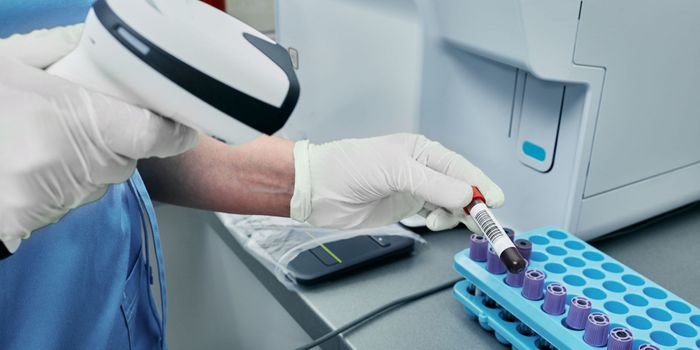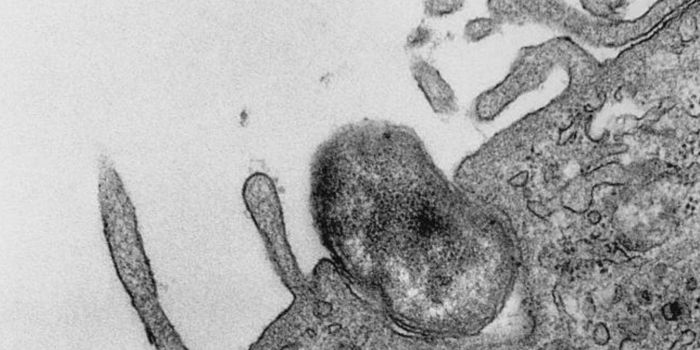A Missing Link Between Prokaryotes and Eukaryotes is Found
Prokaryotic cells, which include all bacteria and archaea, are ancient, and relatively simple compared to eukaryotic cells, which are found in fungi, plants, and animals. Scientists have long sought to understand how eukaryotes evolved from simple prokaryotes, which lack organelles. It's been thought that the mitochondrial organelle comes from a symbiosis event in which two bacterial cells came together. Eukaryotes may have evolved from a cell containing a mitochondria that then merged with an archaeal cell, but there has been little direct evidence of such an organism, especially because microbes don't leave fossils that are easy to trace.
The Asgard archaea superphylum has been proposed as the prokaryote that bears the most similarity to eukaryotes, in part because they carry genes that were once thought to only be found in the genomes of eukaryotes.
In new research reported in Science Advances, investigators have assessed the X-ray structures of Asgard tubulin proteins, obtained from live samples of a type of archaea called Odinarchaeota, which live near hydrothermal vents.
Almost all bacteria and archaea are thought to carry a protein called FtsZ, which is involved in cell division in bacteria. FtsZ is a homolog of tubulin, which is essential to organization in eukaryotic cells, and helps separate chromosomes during eukaryotic cell division.
Two genes that were predicted to encode for FtsZ were found in the Odinarchaeota genome, along with another gene the researchers have named OdinTubulin. The protein OdinTubulin encodes for has more in common with the eukaryotic tubulin protein than it does with the prokaryotic FtsZ protein.
How sexual reproduction evolved from asexual reproduction in prokaryotes, has long been a mystery. Most prokaryotes have a circular genome that is simply copied and then put into a daughter cell, while the replication of chromosomes, and the careful segregation of the new copies into two new cells is far more complex in eukaryotes. This research helps bridge that gap.
"These new Asgard archaeal proteins, which the scientists have named OdinTubulin, in another shout-out to the Norse pantheon, are similar to both eukaryotic tubulins and prokaryotic FtsZ proteins," noted study co-author Samson Ali of Nagoya University and Okayama University.
"OdinTubulin may therefore represent an evolutionary intermediate between prokaryotic FtsZ and eukaryotic microtubule-forming tubulins," added study co-author Linh T. Tran of Okayama University.
Sources: Tokyo Institute of Technology, Science Advances









